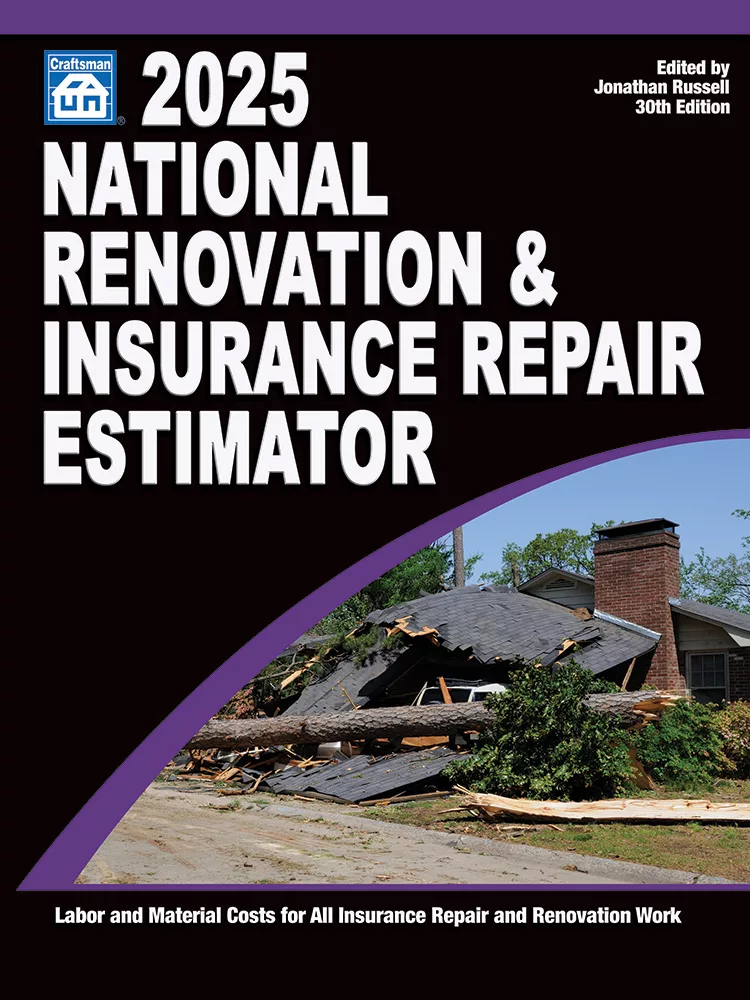Putting Class Back in Session
In early September 2011, Tropical Storm Lee stalled over central Pennsylvania only a week after Hurricane Irene swept the East Coast. The residual flooding cost residents and businesses thousands to millions of dollars in property damages. This included the hard hit Danville Area School District in Danville, PA.

In early September 2011, Tropical Storm Lee stalled over central Pennsylvania only a week after Hurricane Irene swept the East Coast. The residual flooding cost residents and businesses thousands to millions of dollars in property damages. This included the hard hit Danville Area School District in Danville, PA.
Commercial large loss specialist, Reynolds Restoration Services, Inc. (RRS), was brought in by the Danville Area School District and School Claims Services for emergency remediation of the 82-room, 90,000-square-foot Danville Middle School. Immediately, RRS mobilized an emergency response team to the site and found a fully occupied facility inundated in a Class 3 and 4 loss with up to two feet of Category 3 water as the flooding Susquehanna River breached a sandbagged section of levy. The building was closed for three days until flood waters receded.

Once reopened, RRS drew on its extensive resources to staff the job with a labor force of over 70 crew members, senior project managers and project executives. For project effectiveness and the safety of workers, air and water samples were taken immediately. While no high levels of airborne contamination were detected, the samples did reveal extremely high levels of E. coli bacteria. As such, periodic samplings were maintained throughout the project to ensure the execution of proper protocols.

The first challenge RRS faced was securing essential resources in a rural community hard hit by flooding. Many roads in and out of the area were closed. Local businesses were picked clean of materials. Dumpsters proved one of the most difficult items to get to the site. Most companies were depleted of inventory, and their drivers were slowed by long lines at the landfill, which was over an hour away from the project. Fortunately, RRS had much of the necessary equipment in-house, such as forklifts, trailers and heavy equipment. But mobilizing the four large desiccant (3-5500 BTU, and 1-6500 BTU) dehumidifiers with generators, and 350 air movers, was a challenge. Approximately 2,500 lineal feet of lay flat ducting was hung from the ceiling to distribute the desiccant air in classrooms, hallways, offices, gym, storage areas, etc. This was necessary because of the extent of water damage.

Several recessed areas, such as the boiler room, auditorium and mechanical crawl spaces were completely submerged and had not been drained. The entire boiler system was compromised and necessitated removal. Fortunately, key electrical components were not affected by the flooding and power was restored to most of the building within 48 hours. This proved invaluable in supporting the uninterrupted operation of restoration equipment. IT equipment also housed in the middle school building formed the hub for the entire data network for the school district. As such, this equipment was enclosed in a temporary structure within the building to protect it, keep it dust free and cooled.

All of the middle school’s walls, both plaster and drywall, were removed up to 4 feet (except where there was a block wall). Prior to the demolition, all contents were photographed, itemized, and cleaned. All salvageable contents were boxed and moved to the temporary middle school facility while be given great care to prevent cross contamination. Nearly 7,500 of the school’s library books were returned following a sanitizing process at the RRS main cleaning facility. Scores of musical instruments underwent specialized restoration. Theatrical and sound production equipment all had to be tested for performance following the prolonged exposure to high humidity.
All non-salvageable educational materials, contents of lockers, classroom and office furniture, carpets, along with the entire auditorium including seats, the stage, walls and floors were discarded immediately. Flooded structural elements such as drywall, plaster, doors, wood framing, and insulation were also removed and discarded. Over 70 40-yard dumpsters were filled during the demolition process. The effort to recycle this waste - which included appliances, lockers, mechanical equipment and furniture - returned thousands of dollars back to the school district. The salvaged structure received thorough cleanings and decontamination systematically, and was encapsulated with paint, containing anti-microbial agents.

After 14 days of drying, the remaining wet materials in the building were the wooden components of the gymnasium floor. Prior to drying the gymnasium floor, some materials suspected of containing asbestos fibers were tested. Once the presence of asbestos was confirmed, containment of the gym was put in place and a planned abatement project was completed to AHERA (Asbestos Hazard Emergency Response Act) standards. Damaged mechanical insulation located in flooded crawlspaces was removed as part of the abatement project. Third-party testing for indoor air quality and residual bacteria associated with the flood waters proved that the cleaning and encapsulation of the remaining structure had been a success.
By working closely with the school district administration and the surrounding community, Reynolds Restoration Services was able to preserve a valuable asset. While the building itself awaits reconstruction and the eventual reoccupation, a strong sense of accomplishment prevails.
Looking for a reprint of this article?
From high-res PDFs to custom plaques, order your copy today!






